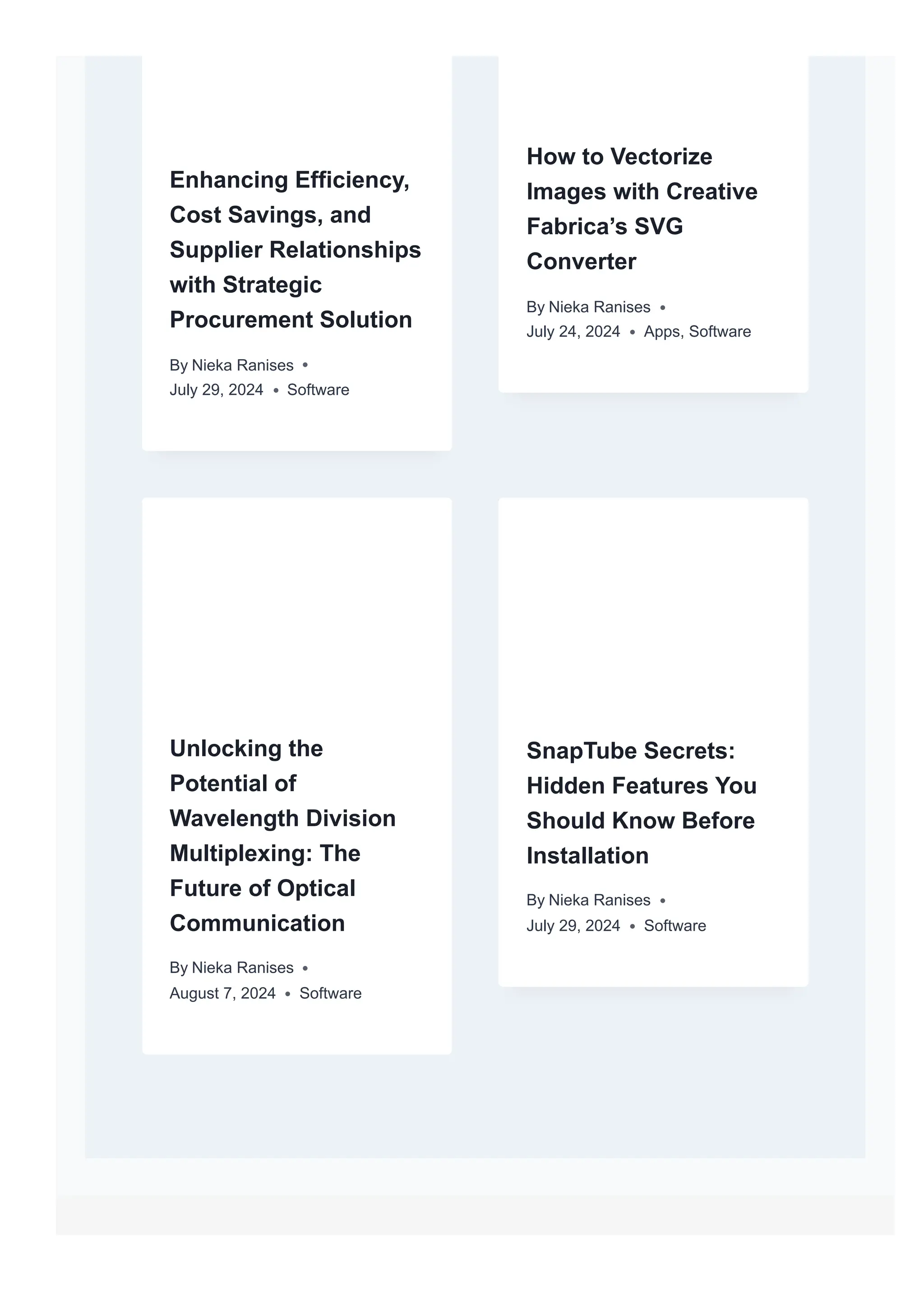The document is a comprehensive guide on system integration testing (SIT), outlining various methods such as big bang, top-down, bottom-up, sandwich, risk-based, continuous integration, and interface testing. Each method has its strengths and weaknesses, with a focus on ensuring that subsystems integrate effectively. The use of automated testing tools like Opkey is recommended to enhance the efficiency and effectiveness of the SIT process.





